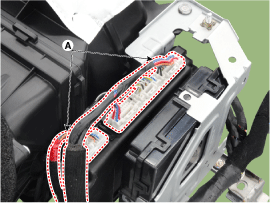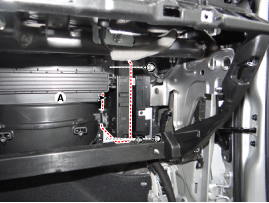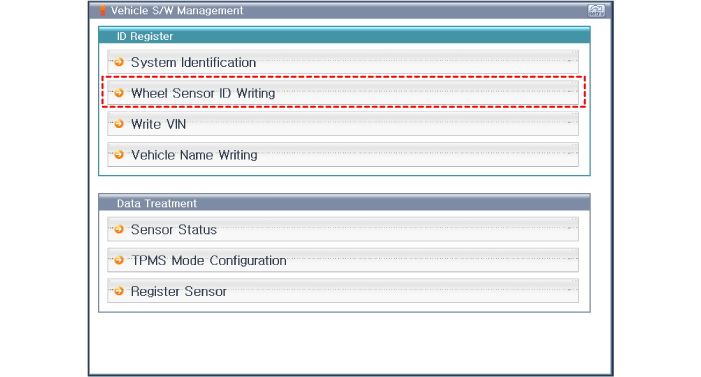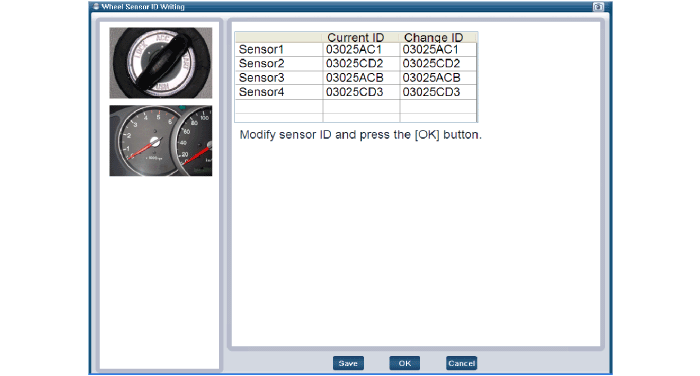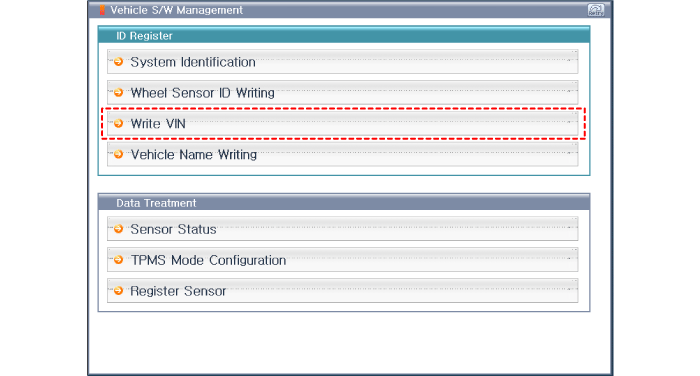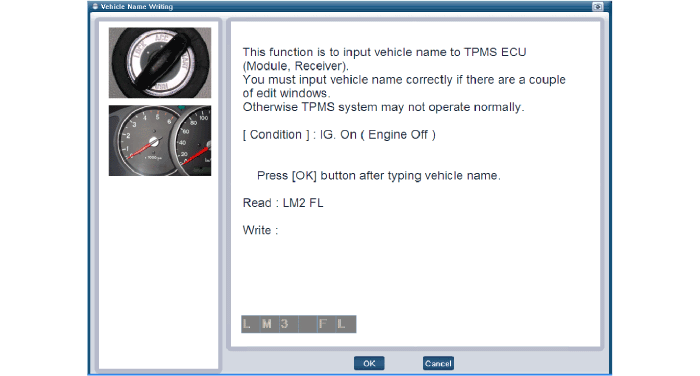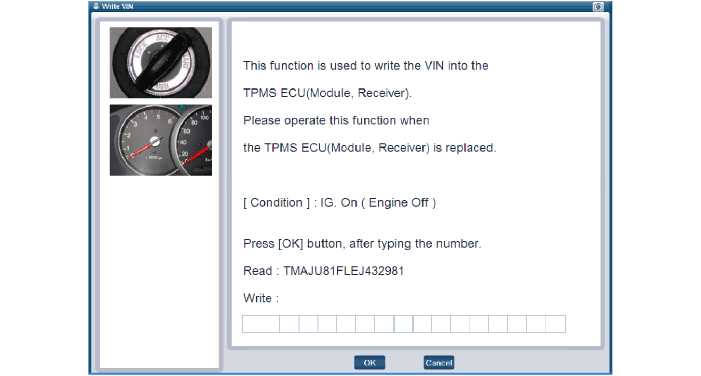Hyundai Elantra: Tire Pressure Monitoring System / TPMS Receiver Repair procedures
Hyundai Elantra AD (2016-2020) Service Manual / Suspension System / Tire Pressure Monitoring System / TPMS Receiver Repair procedures
| Removal |
| 1. |
Disconnect the negative (-) battery terminal. |
| 2. |
Remove the glove box.
(Refer to Body - "Glove Box Upper Cover Assembly") |
| 3. |
Remove the smart key unit.
(Refer to Body - "Smart Key Unit") |
| 4. |
Disconnect the body control module connectors (A).
|
| 5. |
Remove the body control module (A) after loosening the mounting nuts.
|
| Installation |
| 1. |
Install the body control module. |
| 2. |
Connect the body control module. |
| 3. |
Install the glove box upper cover assembly. |
| Adjustment |
| Diagnosis procedure by using diagnostic device |
As manual for diagnosis methods by using diagnosis device, the main contents are as follows :
| 1. |
Connect self-diagnosis connector(16pins) located in the lower
of driver side crash pad to self-diagnosis device, and then turn the
self-diagnosis device after key is ON. |
| 2. |
Select the "vehicle model" and "TPMS" on GDS vehicle selection screen, then select OK.
[Sensor ID Writing]
[Vehicle name input initialization]
[VIN input initialization]
|
 TPMS Receiver Description and Operation
TPMS Receiver Description and Operation
Description
TPMS Receiver : BCM(body control module) integrated management
1.
Mode
(1)
Virgin State
A.
The receiver as a sole part is shipped in this state. Replacement parts should therefo ...
 Steering System
Steering System
...
Other information:
Hyundai Elantra AD (2016-2020) Service Manual: Accelerator Position Sensor (APS) Repair procedures
Inspection
1.
Connect the GDS on the Data Link Connector (DLC).
2.
Turn the ignition switch ON.
3.
Measure the output voltage of the APS 1 and 2 at C.T and W.O.T.
Specification : Refer to "Specification"
...
Hyundai Elantra AD (2016-2020) Owners Manual: Introduction
With the Tire Mobility Kit you stay mobile even after experiencing a tire puncture.
The system of compressor and sealing compound effectively and comfortably seals
most punctures in a passenger car tire caused by nails or similar objects and reinflates
the tire.
After you ensured that the tire ...
В© 2018-2026 www.helantraad.com

